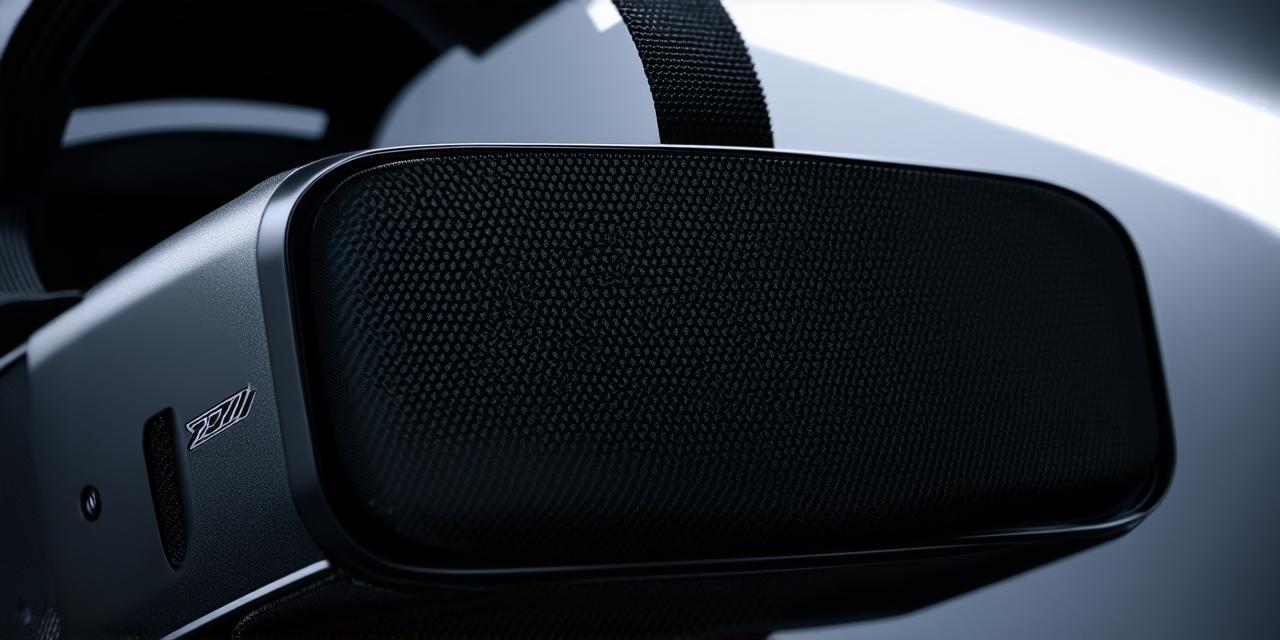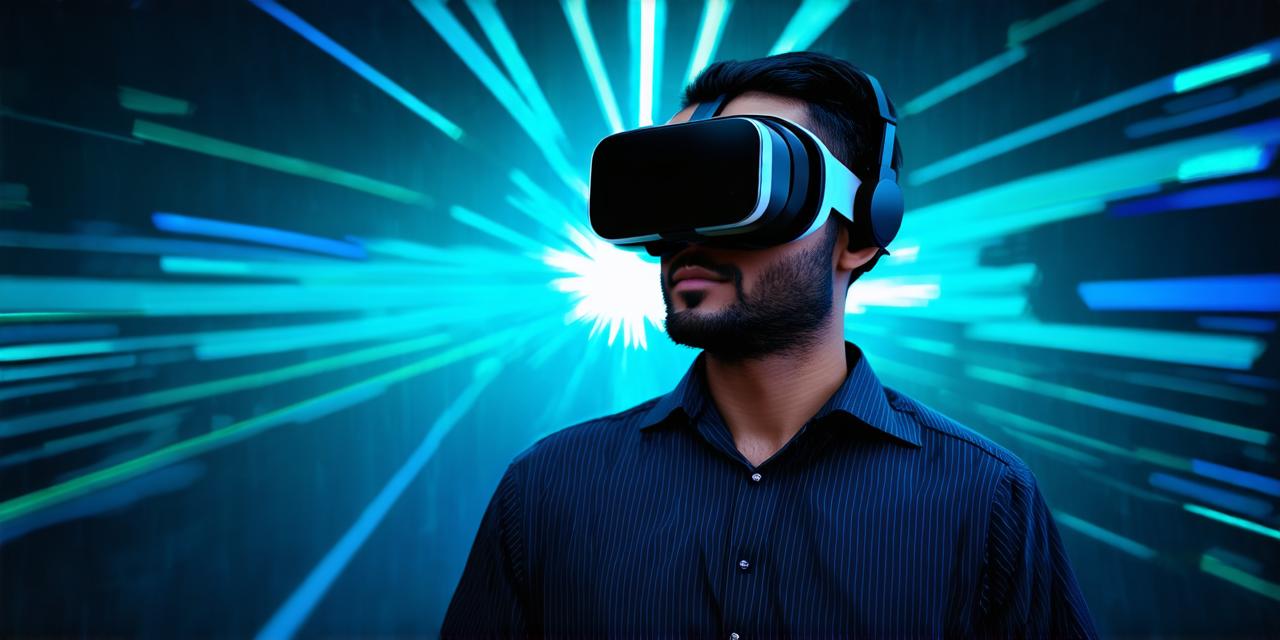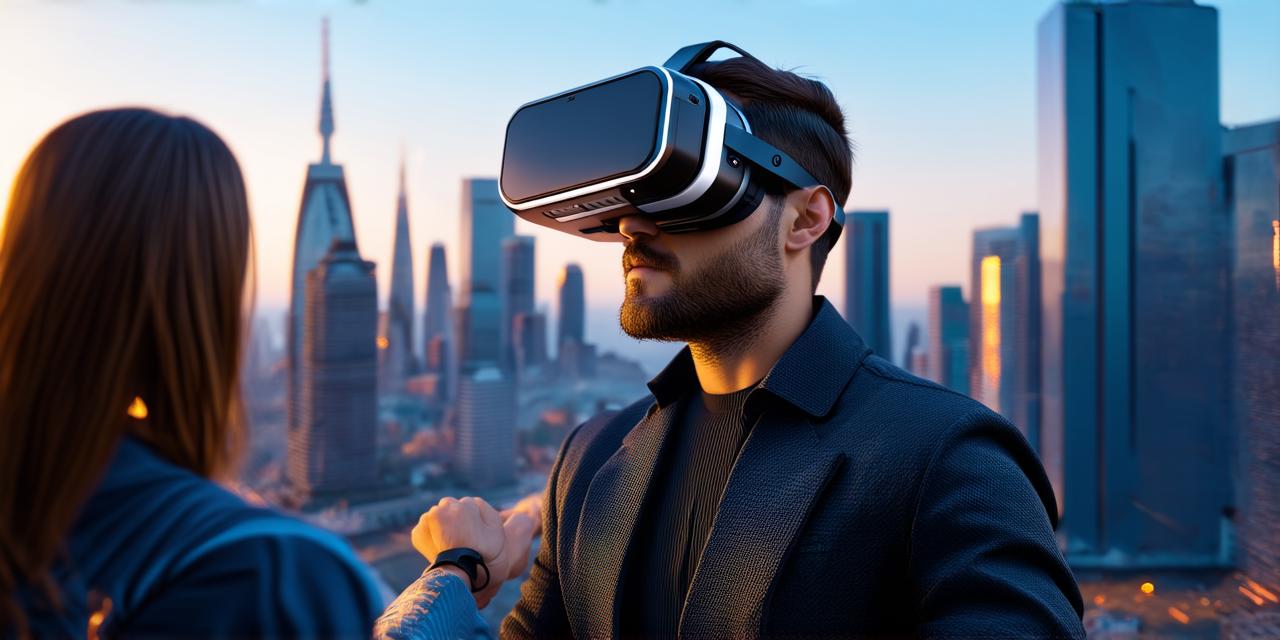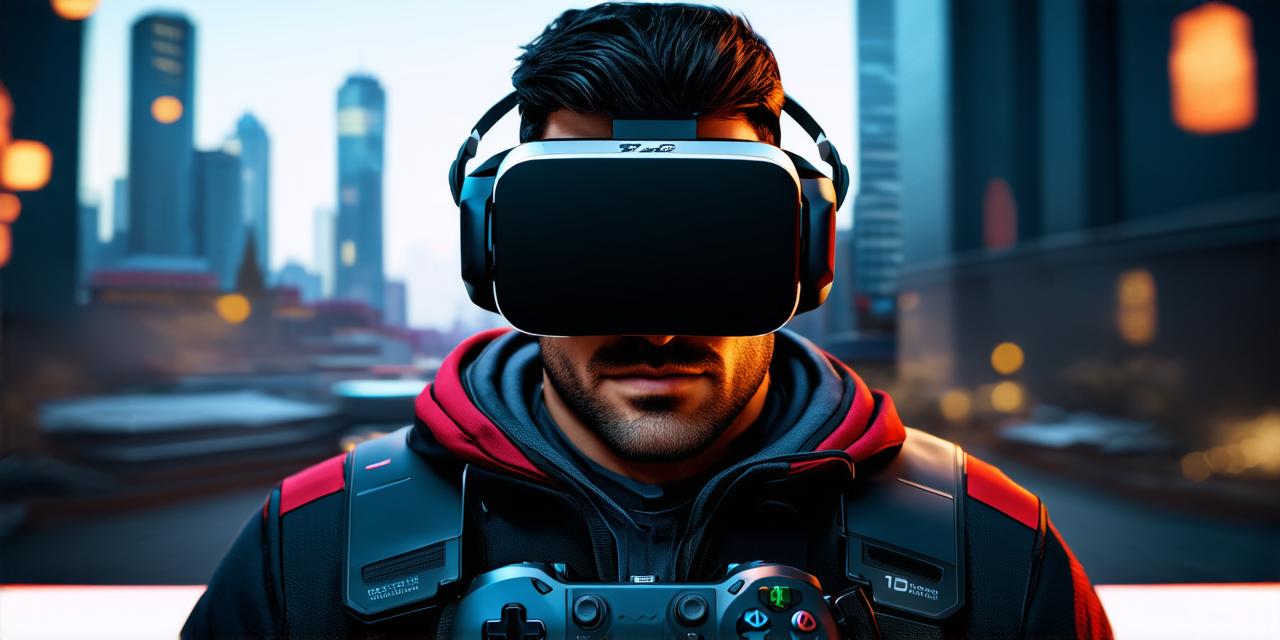Virtual Reality (VR) headsets are becoming increasingly popular as they offer an immersive and interactive experience to users. However, there is a crucial aspect of VR that developers need to understand, which is the frame rate of the headset.
What is Frame Rate?
Frame rate refers to the number of frames that a video or animation can display per second. The higher the frame rate, the smoother the motion appears and the less noticeable the flickering effect. In VR, the frame rate determines how often the screen refreshes and updates the image, which directly affects the user’s perception of reality.
Importance of Frame Rate in VR Headsets
Frame rate is crucial in VR headsets as it can significantly impact the user’s experience. A low frame rate can cause motion sickness, disorientation, and even nausea. On the other hand, a high frame rate can enhance the immersion, reduce lag, and improve performance. The ideal frame rate for VR depends on the specific application and user preferences, but in general, most VR headsets aim for a frame rate of 90-120 frames per second (fps).
Factors Affecting Frame Rate in VR Headsets
Several factors can affect the frame rate in VR. These include:
- Hardware Specifications
- Software Optimization
- Tracking Accuracy
- Display Resolution
Optimizing Frame Rate for AR Applications
AR developers need to ensure that their applications are optimized for the target VR headset to achieve a high frame rate. Here are some tips on how to optimize your application:
- Reduce Draw Calls
- Minimize Texture and Particle Effects
- Optimize Lighting and Shadows
- Use Asynchronous Loading
Case Studies: Real-Life Examples of Frame Rate Optimization in VR Applications
Let’s take a look at some real-life examples of how optimizing frame rate can enhance the user experience in VR applications.
Unity’s Demo Scene
Unity’s demo scene is a popular example of optimizing frame rate in VR applications. The demo scene includes several interactive objects and dynamic lighting, which can cause lag and reduce performance. By reducing the number of draw calls and minimizing texture effects, developers were able to achieve a higher frame rate and improve the user experience.
Google’s ARCore Demo
Google’s ARCore demo is another example of how optimizing frame rate can enhance the user experience in VR applications. The demo includes several interactive objects and dynamic lighting, which can cause lag and reduce performance. By reducing the number of draw calls and minimizing particle effects, developers were able to achieve a higher frame rate and improve the user experience.
Real-Life Benefits of Optimizing Frame Rate in AR Applications
Optimizing frame rate in VR applications can have several real-life benefits for AR developers. These include:
- Improved User Experience
- Reduced Development Time and Costs
- Increased Accessibility
FAQs: Common Questions on Frame Rate in VR Headsets and AR Applications
Here are some common questions that AR developers may have about frame rate in VR headsets and applications.
What is the ideal frame rate for VR?
The ideal frame rate for VR depends on the specific application and user preferences, but most VR headsets aim for a frame rate of 90-120 fps.
How does tracking accuracy affect the frame rate in VR?
Inaccurate tracking can cause motion sickness and affect the user’s perception of reality, which can reduce the frame rate.
What are some factors that affect the frame rate in VR?
Several factors can affect the frame rate in VR, including hardware specifications, software optimization, tracking accuracy, display resolution, and more.
How can AR developers optimize their applications for a high frame rate in VR?
AR developers can optimize their applications by reducing draw calls, minimizing texture and particle effects, optimizing lighting and shadows, using asynchronous loading, and more.
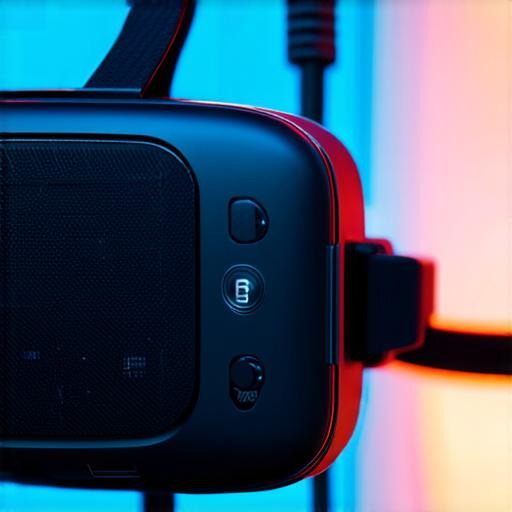
Summary: The Importance of Frame Rate in VR Headsets for AR Developers
Frame rate is a critical aspect of VR headsets that can significantly impact the user experience. AR developers need to ensure that their applications are optimized for the target VR headset to achieve a high frame rate. By reducing draw calls, minimizing texture and particle effects, optimizing lighting and shadows, using asynchronous loading, and more, developers can enhance the user experience, reduce development time and costs, and increase accessibility. Understanding the significance of frame rate in VR headsets is essential for AR developers who want to create immersive and interactive applications that deliver a seamless user experience.
